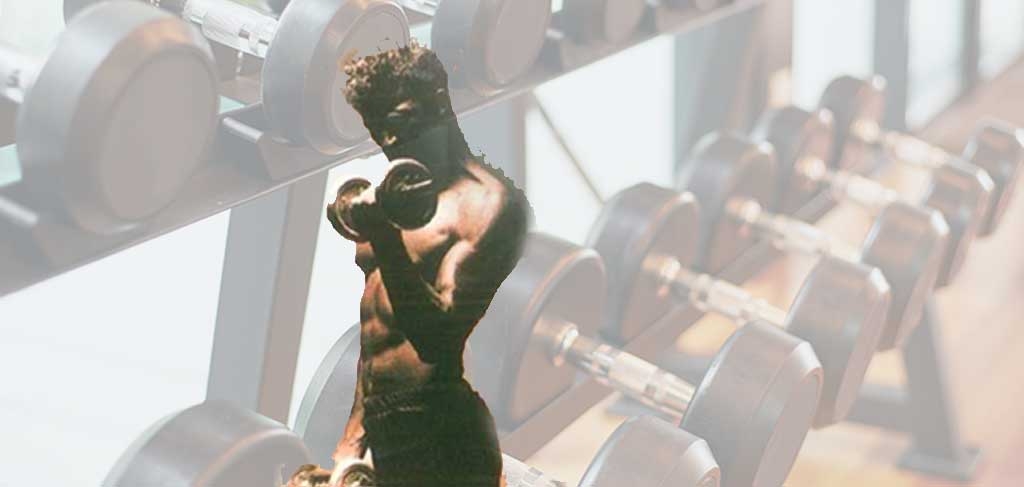
1) Physical Checkup before You Start:
Get a complete physical checkup before you start a strength training program. You might have to modify or avoid weightlifting if you have muscle or joint problems, seizure disorders, heart disease, high blood pressure, previous injuries or any other physical condition with potential for danger.
2) Start with Warmups:
Be sure to always integrate warmups, stretching, and cooling-down into your program. This will reduce your risk of injury by increasing your blood flow and propping your muscles for the work they are about to do. Always do your exercises through a full range of motion in a slow, controlled manner.
3) Start with Light Weights for New Sets:
When beginning a new weightlifting program or any time you try a new exercise, always start out using light weights. If the weight is too easy for 10 to 12 reps in keeping with your goals, add a little more weight and gradually increase that weight within the next few weeks.
4) Keep Breathing:
Proper breathing is essential in weightlifting. If you hold your breath while lifting a weight, you run the risk of raising your blood pressure and starving your brain of oxygen. You should try to exhale during the "positive," or main exertion phase, and inhale during the "negative," the phase in which you resist and come back slowly.
5) Follow Safety Measures in and around Gym Area:
Do not leave equipment lying around the weight room where someone could trip over it. Always use the collars that prevent weights from falling off the barbells. Be sure to keep your hands away from the chains, cams, pulleys, and weight plates of exercise machines when they are in use. Also, when selecting the weight for a machine exercise, be sure to push the pin in all the way. Be sure to wear a weightlifting belt on exercises that place stress on your lower back, such as bent-over lifts like Squats, or Barbell Rows.
6) End your Set with Challenge:
No matter what your goal reps are, each set should end with the last repetition being challenging; you should try to go to muscle fatigue. Given this goal, there is always the chance that when trying for a final repetition, you just can't do it all on your own.
7) Look for Partner:
For the reason stated in point 6, if you do not have a workout partner at first, we strongly recommend trying to find someone with similar goals and interests to work out with you. This will not only help assure safety and motivation, it will also help you make it to the gym more often.
8) Assist Your Partner Properly:
It is also important that you know how to correctly partner with someone to assure their safety. Always be prepared to give a little assistance when they reach muscle fatigue (cannot complete the rep on their own). You don't want to help so much that the rep becomes easy for them to complete - give just enough assistance so that they can complete the set, but it is still challenging for them. Also, only provide assistance on the positive phase (the part that requires the pushing or pulling motion). Still have your hands ready to help, but don't help with the negative phase (the part where you resist the weights force) - the lifter should try to slowly resist the force of the weight all on his/her own.
Share this article: